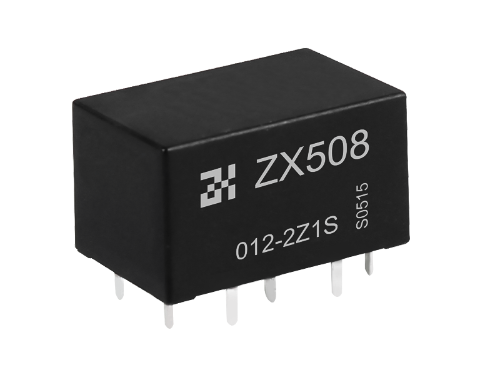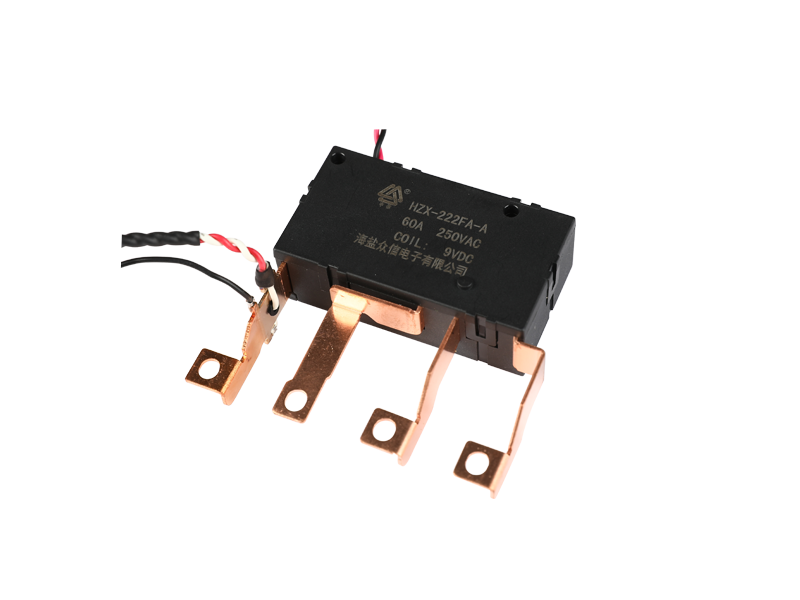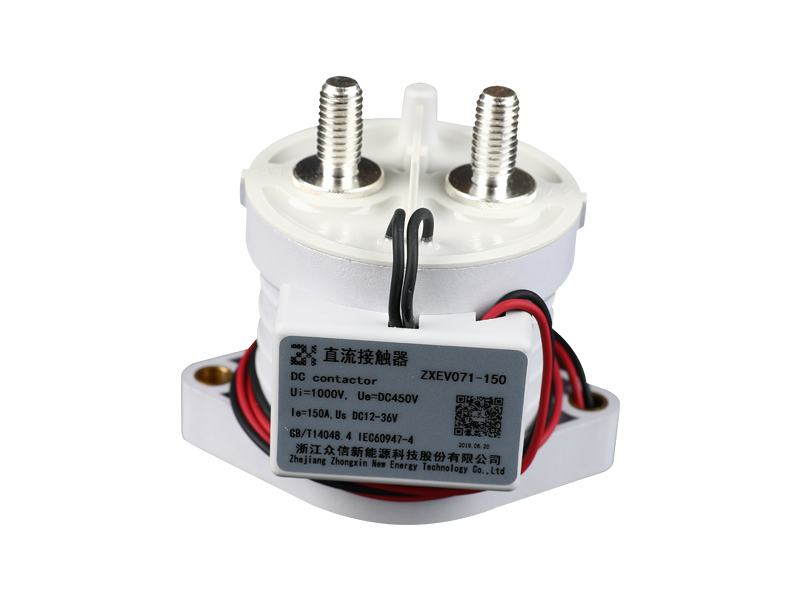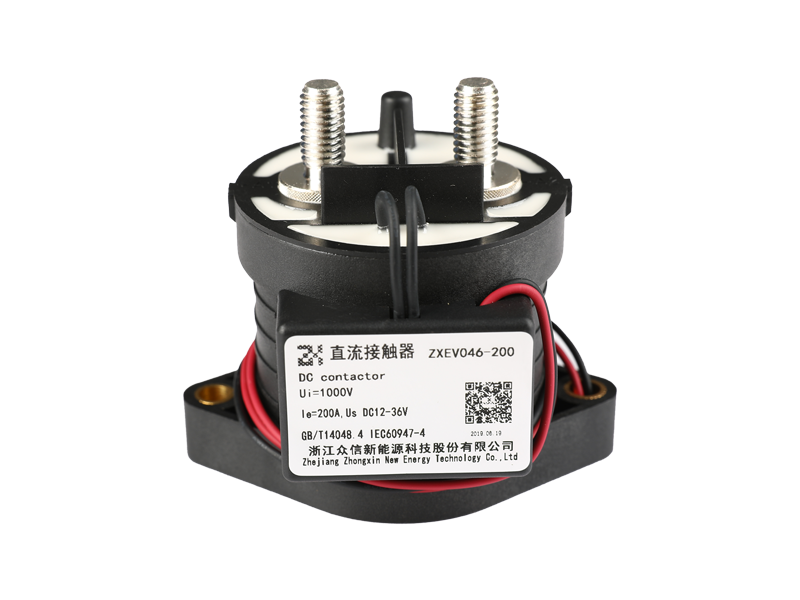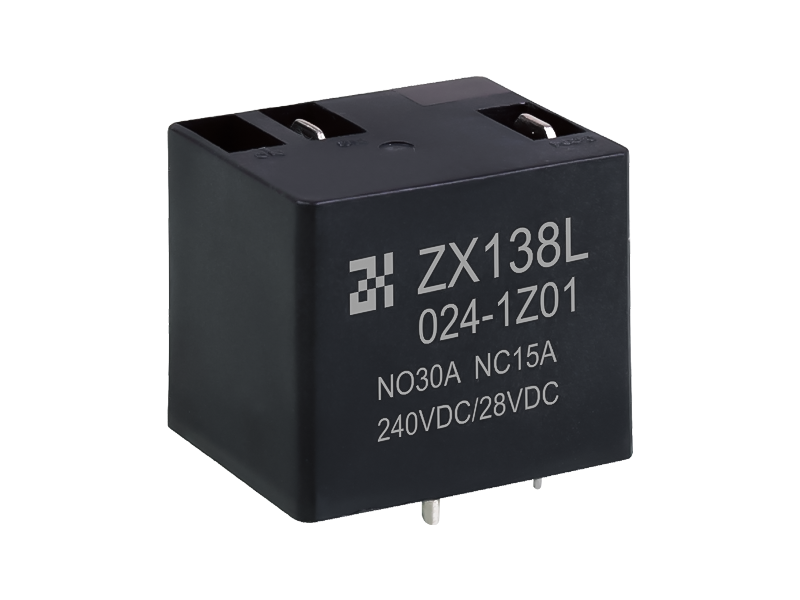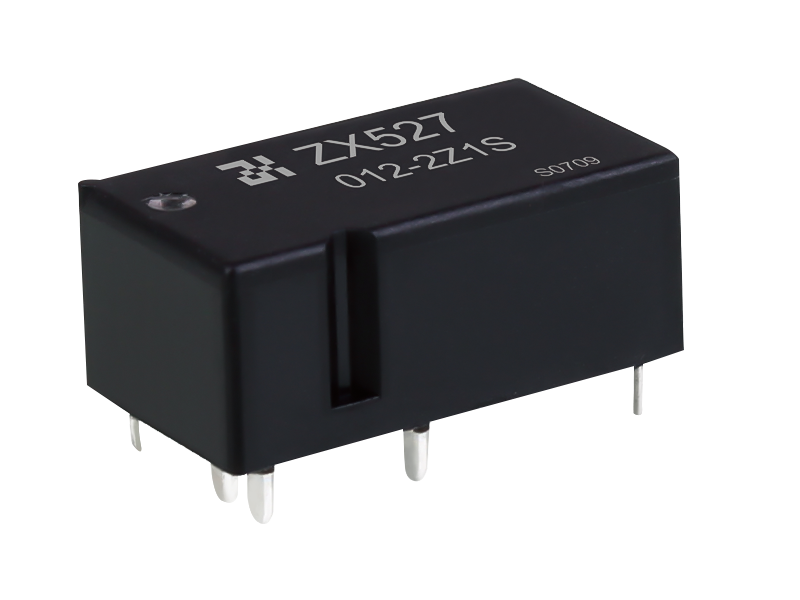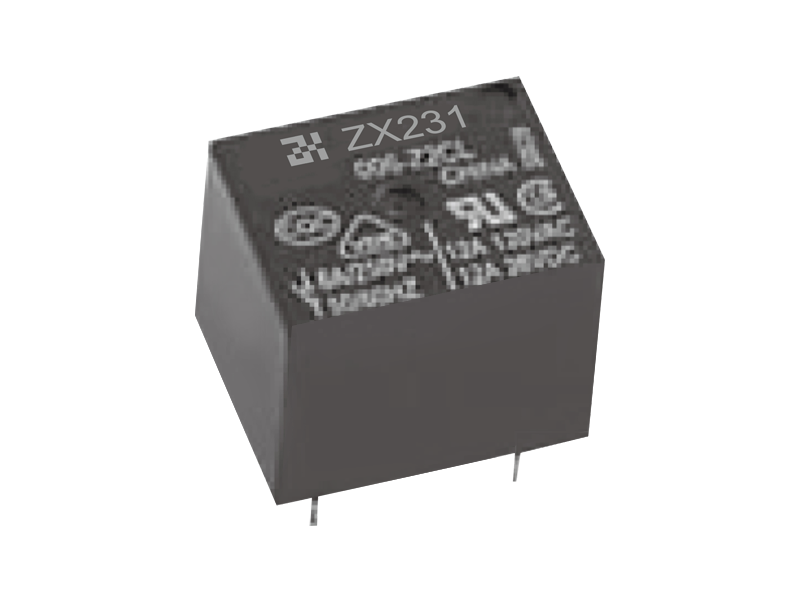The complexity of automotive electronic systems puts higher requirements on relay performance, especially electromagnetic interference (EMI) issues, which directly affects the stability of vehicle electronic equipment. In recent years, the Automotive Relay industry has significantly reduced the impact of EMI and improved the reliability of signal transmission through innovation in sealing technology. This technology upgrade not only optimizes the electromagnetic compatibility (EMC) of the relay, but also extends its service life, providing key support for the development of next-generation smart cars and electric vehicles.
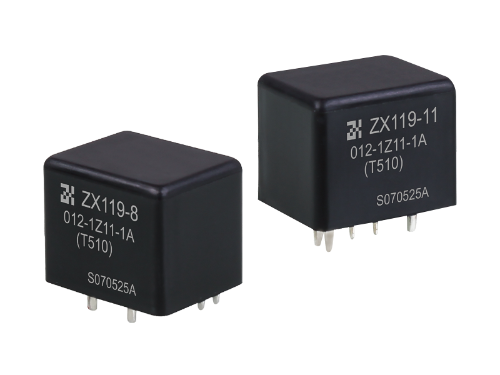
Automobile relays undertake important functions such as circuit switching and signal control in vehicle electronic systems, but traditional relays are prone to electromagnetic interference during high-frequency switching, affecting the normal operation of peripheral electronic devices, such as ECUs (electronic control units), sensors and communication modules. The main issues include:
1. High-frequency noise radiation: The arc generated when the relay contacts are opened and closed will form high-frequency electromagnetic waves, interfering with the on-board electronic system.
2. Conductive interference: EMI propagating through power lines or signal lines may cause signal distortion and even cause malfunction.
3. Environmental interference: Harsh working conditions (such as high temperatures, vibrations) will aggravate the EMI problem and affect the long-term stability of the relay.
To meet these challenges, the industry has begun to adopt advanced sealing technology, starting from physical structure and material optimization to effectively suppress EMI.
1. Hermetic Sealing reduces arc interference
Traditional relays rely on plastic shells for basic protection, but cannot completely isolate internal electromagnetic noise. The new generation of Automotive Relay is equipped with metal or ceramic air-tight packaging combined with inert gases such as nitrogen to significantly reduce the EMI generated by contact arcs. This sealing method not only suppresses high-frequency noise leakage, but also improves the high temperature and corrosion resistance of the relay.
2. Optimization of electromagnetic shielding structure
Based on the seal design, some high-end relays use multi-layer shielding technology:
Metal housing shielding: Aluminum or steel housing absorbs and reflects electromagnetic waves to reduce radiation interference.
Internal magnetic ring/filter assembly: Integrated ferrite magnetic ring or RC buffer circuit to suppress conduction EMI.
Grounding optimization: Improve the grounding path of the seal structure to ensure effective export of interfering signals.
3. Potting materials improve overall anti-interference
Epoxy resin or silicone potting technology is widely used in Automotive Relay manufacturing, and its advantages are:
Filling internal voids: Reduce signal coupling interference caused by air media.
Absorb high-frequency vibration: reduces the impact of mechanical vibration on contact stability and reduces EMI generation.
Enhanced waterproof and dustproof: The sealed relay can work stably in humid and dusty environments, reducing EMI fluctuations caused by environmental factors.
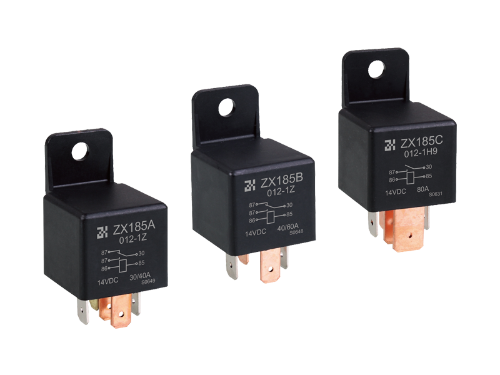
With the development of electrification and intelligence of automobiles, EMC standards are becoming increasingly strict. The advancement of sealing technology makes Automotive Relay more competitive in the following fields:
Electric Vehicles (EV): High-voltage relays require higher EMI suppression capabilities, and sealing technology ensures stability of battery management systems (BMS) and charging systems.
ADAS (Advanced Driver Assistance System): Sensitive electronic devices such as radar and cameras are extremely sensitive to EMI, and low interference relays can improve system reliability.
Vehicle communication (5G/V2X): Reduce interference from relays to high-frequency communication signals and ensure the accuracy of data transmission.
In the future, Automotive Relay's sealing technology may further combine intelligent monitoring functions such as integrated EMI sensors, real-time feedback of interference levels and automatic adjustment of operating modes. In addition, the application of new materials (such as nanocomposite shielding coatings) is expected to further improve sealing performance and EMI suppression effect.
